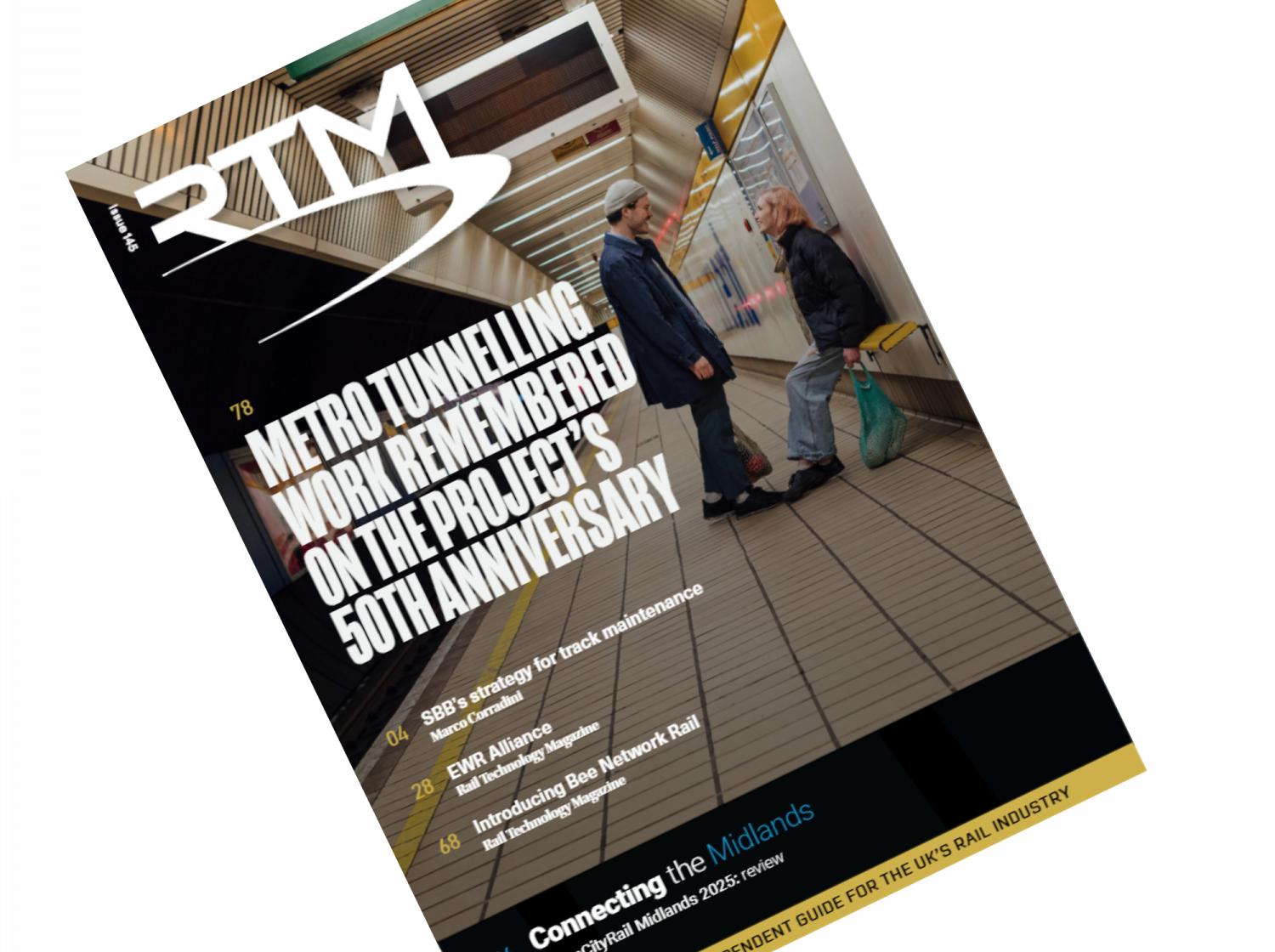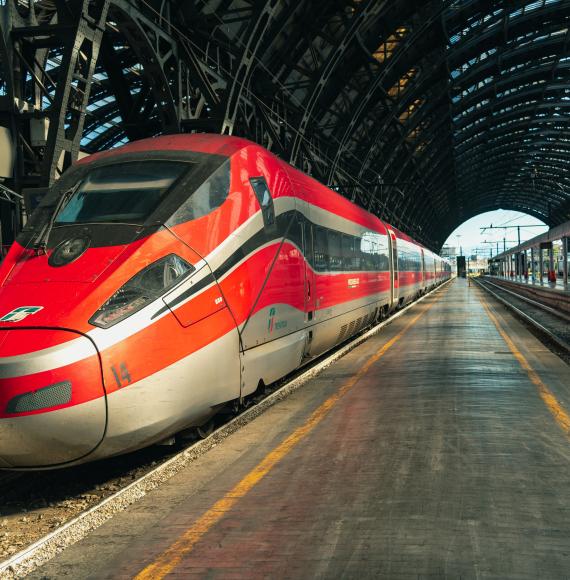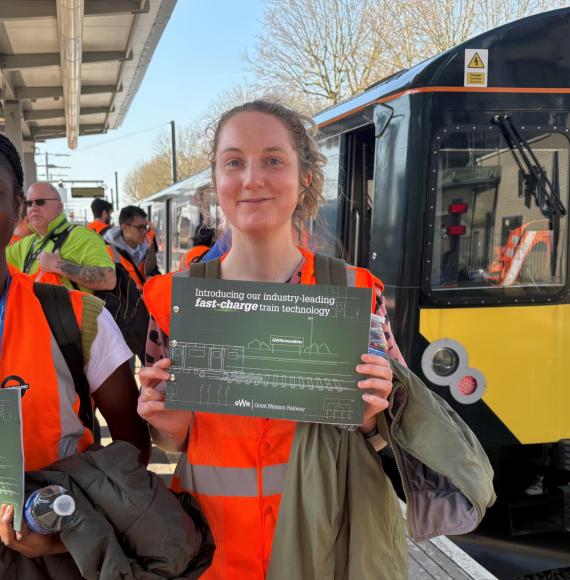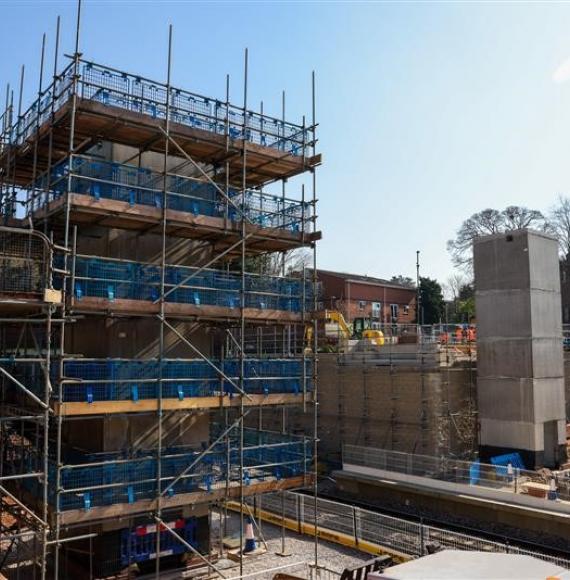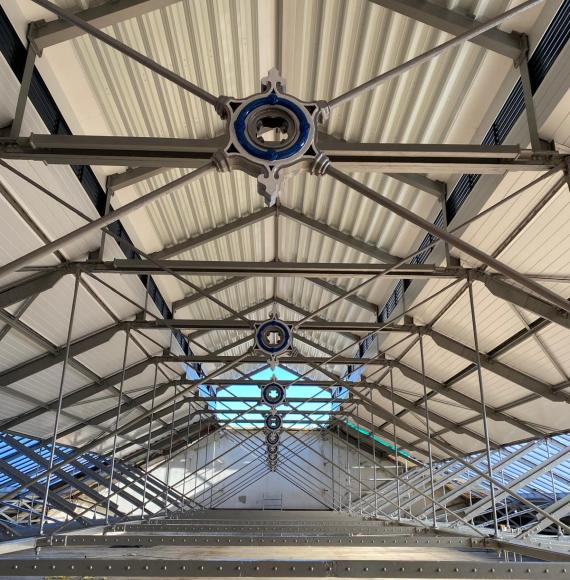The Office of Rail and Road (ORR) has published the statistics for freight rail usage and performance from April 2023 to March 2024.
The total freight moved by rail over the year was 15.76 billion net tonne kilometres, very similar to the total of 15.73 billion net tonne kilometres the previous year.
However, this figure does reflect the general decline in movement of freight by rail over the last ten years, with a peak of 22.70 billion net tonne kilometres a decade ago.
Freight moved
Intermodal maritime had the largest share (35%) of all freight moved between March 2023 and April 2024, although at 5.49 billion net tonne kilometres recorded its lowest recorded volume for ten years, aside from the pandemic.
Meanwhile, construction had the second-largest share of all freight moved (34%). At 5.30 billion net tonne kilometres, this was marked an 8% increase on the previous year.
Intermodal non-maritime had the largest year-on-year increase, rising by 40% compared the previous year.
Volumes of coal dropped by 83%, amounting to just 0.08 billion net tonne kilometres, the lowest value in the time series. Until March 2015, coal had the largest share of all freight moved, but in the latest year had the smallest share at just 1%. This large decrease can be attributed to the end of coal imports last winter which helped to ensure national energy security.
Freight lifted
69.0 million tonnes of freight were lifted in the latest year, a decrease of 6% on the previous year.
Coal freight lifted accounted for 4.3 million tonnes, a decrease of 39% compared to a year ago. This also marks the lowest value for coal since the time series began in 1982.
The amount of coal lifted in Q1 of 2024 was 1.2 million tonnes, a 31% fall from Q1 in 2023. This is the lowest amount lifted in a January to March period since 1982.
Freight Delivery Metric (FDM)
Freight punctuality, as measured by the Freight Delivery Metric, was 90.3% between April 2023 and March 2024, 4.4% higher than the previous year.
Freight punctuality between January and March 2024 was 90.4%, 1.2% higher than Q1 in 2023. However, it was the second worst punctuality for a Q1 period since the time series began in 2013.
This is the last time that FDM will be published. The new measure of freight performance for Control Period 7 is Freight Cancellations and Lateness (FCaL), which will be used from the next quarterly report onwards.
Freight delay per 100 train kilometres
Freight delay per 100 train kilometres fell to 10.8 minutes in the year to March 2024, an improvement of 3%, or 0.3 minutes, per 100 train kilometres.
Freight train kilometres
Freight train kilometres fell by 0.43 million to 31.44 million in the year to April 2024, a 1% decrease on the previous period. This was the lowest total since 2010, excluding the pandemic.
Freightliner Group was the operator with the largest share of train kilometres (31.6%), slightly up on its share from the previous year (30.9%).
GB Rail Freight and DB Cargo UK had the second and third largest shares, of 29.5% and 27.1% respectively.
Freight vehicle kilometres
Freight vehicle kilometres rose by 2.50 million to 703.43 million between April 2023 and May 2024, a marginal increase on the 700.94 million from the previous year.
Combined with the drop in train kilometres, this suggests that freight operators are using longer trains.
Freightliner Group had the largest share of vehicle kilometres (38.9%), almost unchanged from a year ago (38.6%).
GB Rail Freight and DB Cargo UK had the second and third largest shares, of 30.9% and 22.1% respectively.
Freight market indicators
194,896 freight trains ran on the UK rail network between April 2023 and March 2024, a reduction of 2% on the previous year.
The report also discusses the impact of rail freight on road haulage from April 2022 to March 2023. 5.65 million lorry journeys were avoided in this period by transporting freight by rail rather than by road.
The number of lorry kilometres in the above period was 1.30 billion kilometres, a 9% decrease on the April 2021 to March 2022 period.


Image credit: iStock



